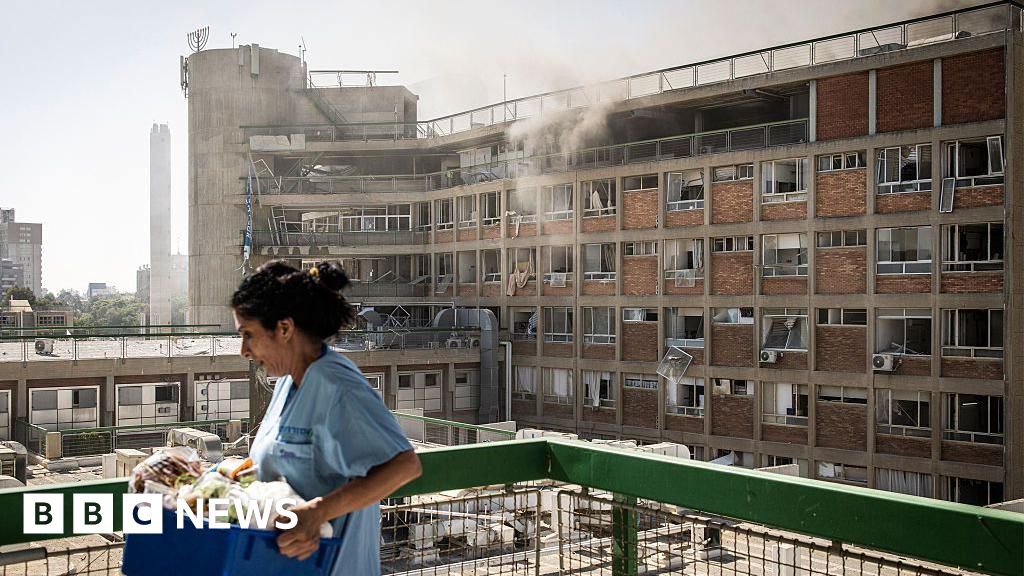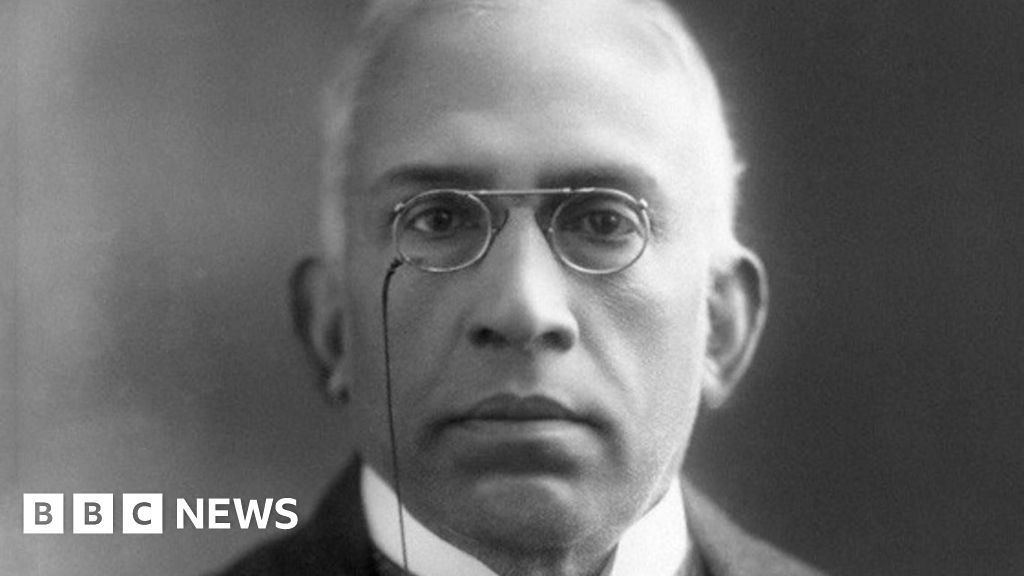Researchers at Rensselaer Polytechnic Institute (RPI) are tackling one of the most complex challenges in the world of quantum information—how to create reliable, scalable networks that can connect quantum systems over distances.
Their work has resulted in two publications in Physical Review Letters and Science Advances, bringing us one step closer to realizing large-scale networked quantum systems, or even the quantum internet.
The research team, which includes faculty members from the RPI Department of Physics, Applied Physics, and Astronomy, and the Department of Computer Science, is led by Assistant Professor Xiangyi Meng, Ph.D. Their research focuses on designing quantum networks that use entanglement—a phenomenon where quantum particles become mysteriously correlated.
These entangled particles are the foundation of quantum communication, allowing for fast, secure transfer of quantum data without the risk of eavesdropping. But the challenge is that once a pair of entangled particles are used for communication, the entanglement disappears, leaving the network unusable for future tasks.
That’s where the RPI team’s breakthrough comes in. Their research demonstrates a new strategy that could solve this issue, ensuring that quantum networks remain functional by replenishing new entanglement. By using a clever “bridging” approach that adds redundancy to the network, they’ve shown that it’s possible to maintain stable communication without overburdening the system.
One of the most exciting aspects of their work is the introduction of a “multiplexing” strategy. Rather than relying on a single entangled path to transmit information, multiple paths are used simultaneously. This redundancy combats the noise and imperfections inherent in quantum communication, ensuring that entanglement can be reliably established even under less-than-ideal conditions.
What’s more, this strategy may prove even more effective in quantum networks than it does in classical systems, offering a distinct advantage for future quantum communication.
“By ensuring quantum networks can function reliably as they grow in complexity, our research opens up new possibilities for the future of quantum information,” said Meng.
“This is a crucial step toward realizing large-scale quantum systems, where quantum information can be processed and shared securely, unlocking more sophisticated network functionalities. The opportunities at RPI allow us to take bold steps in this field, where we can not only push the boundaries of quantum science but also train the next generation of researchers to shape the future of technology.”
This work has far-reaching implications, especially as major companies like IBM advance their quantum computing efforts. As quantum technologies become more powerful, a network of interconnected chips that can handle massive amounts of quantum data will be essential.
RPI’s research is laying the groundwork for these future quantum systems, which could eventually lead to faster, more secure communication between quantum processing units.
In addition to this theoretical work, Meng is dedicated to training the next generation of quantum scientists. He is part of a team that has submitted a proposal for a National Science Foundation Research Traineeship to educate students about quantum computing.
Meng is also part of the Co-design Center for Quantum Advantage (C2QA) between Brookhaven National Laboratory and RPI, which is a major Department of Energy initiative focused on developing the tools needed to build fault-tolerant quantum systems.
As part of his commitment to hands-on learning, he leads a research lab at RPI where undergraduates have the opportunity to work directly with quantum computers, gaining practical experience in the field.
This new research represents a critical step in the development of quantum communication and computational systems. It’s a small but powerful piece of the puzzle that could one day unlock the path to large-scale quantum architectures and enable the next generation of quantum technologies.
More information:
Xinqi Hu et al, Unveiling the importance of nonshortest paths in quantum networks, Science Advances (2025). DOI: 10.1126/sciadv.adt2404
Yaqi Zhao et al, Nonconvex entanglement monotone determining the characteristic length of entanglement distribution in continuous-variable quantum networks, Physical Review A (2025). DOI: 10.1103/PhysRevA.111.042429
Citation:
Novel strategy keeps quantum networks stable by replenishing entanglement (2025, May 2)
retrieved 3 May 2025
from
This document is subject to copyright. Apart from any fair dealing for the purpose of private study or research, no
part may be reproduced without the written permission. The content is provided for information purposes only.

















